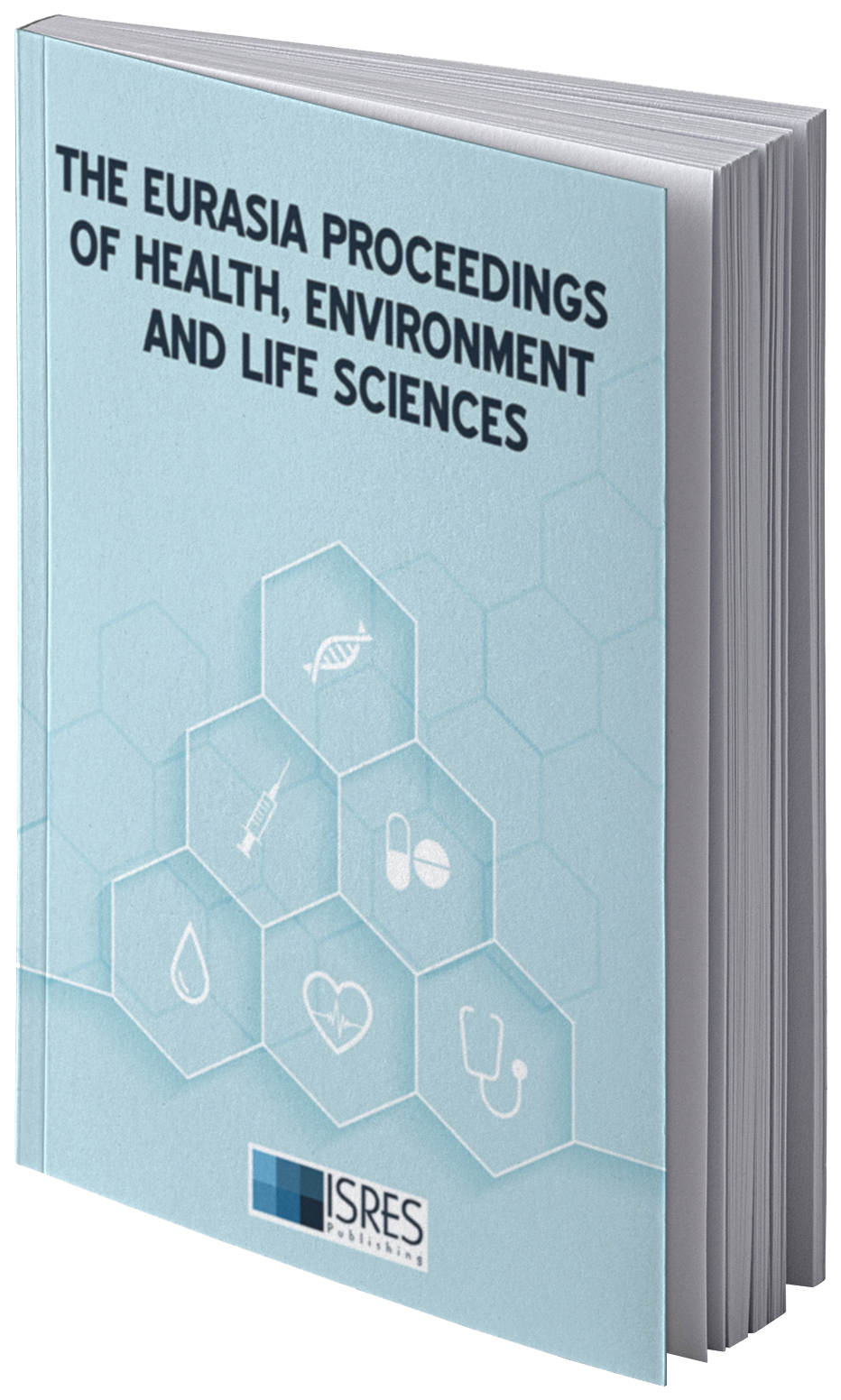Evaluation of XRCC2 Expression in Breast Cancer
DOI:
https://doi.org/10.55549/ephels.104Abstract
Breast cancer (BC) is a leading cause of mortality among women worldwide. The X-ray repair cross-complementing group 2 (XRCC2) gene is implicated in DNA repair processes, and its role in BC remains controversial. This study aimed to analyze XRCC2 mRNA expression in BC tissues compared to normal breast tissues to elucidate its potential role in BC pathogenesis. An observational analytical study with a case-control design was conducted at Zheen International Hospital, Erbil, Iraq, from 2021 to 2024. The study included 44 adult women diagnosed with BC, and XRCC2 mRNA levels were measured using real-time quantitative reverse transcription PCR (qRT-PCR). RNA was extracted, converted to cDNA, and analyzed by qRT-PCR. The XRCC2 mRNA expression levels were normalized using GAPDH and statistically analyzed using the 2−ΔCt method. The study found a significant upregulation of XRCC2 expression in BC tissues compared with normal controls (p<0.05), especially in patients aged 40-55 years and those > 56 years (p=0.0392 and p=0.0191, respectively), and in higher BC grades II and III (p=0.0013 and p=0.0051, respectively). Invasive ductal carcinoma exhibited a notable increase in XRCC2 expression (p=0.0006). In conclusion, the increased XRCC2 mRNA expression in BC tissues suggests a possible oncogenic role of XRCC2 in BC development. The correlation between age and cancer grade indicates its potential as a marker for BC progression.
Downloads
Published
Issue
Section
License
Copyright (c) 2024 The Eurasia Proceedings of Health, Environment and Life Sciences

This work is licensed under a Creative Commons Attribution 4.0 International License.
The articles may be used for research, teaching, and private study purposes. Any substantial or systematic reproduction, redistribution, reselling, loan, sub-licensing, systematic supply, or distribution in any form to anyone is expressly forbidden. Authors alone are responsible for the contents of their articles. The journal owns the copyright of the articles. The publisher shall not be liable for any loss, actions, claims, proceedings, demand, or costs or damages whatsoever or howsoever caused arising directly or indirectly in connection with or arising out of the use of the research material. All authors are requested to disclose any actual or potential conflict of interest including any financial, personal or other relationships with other people or organizations regarding the submitted work.



